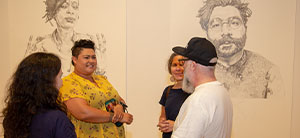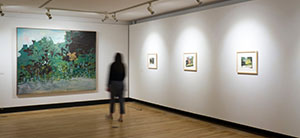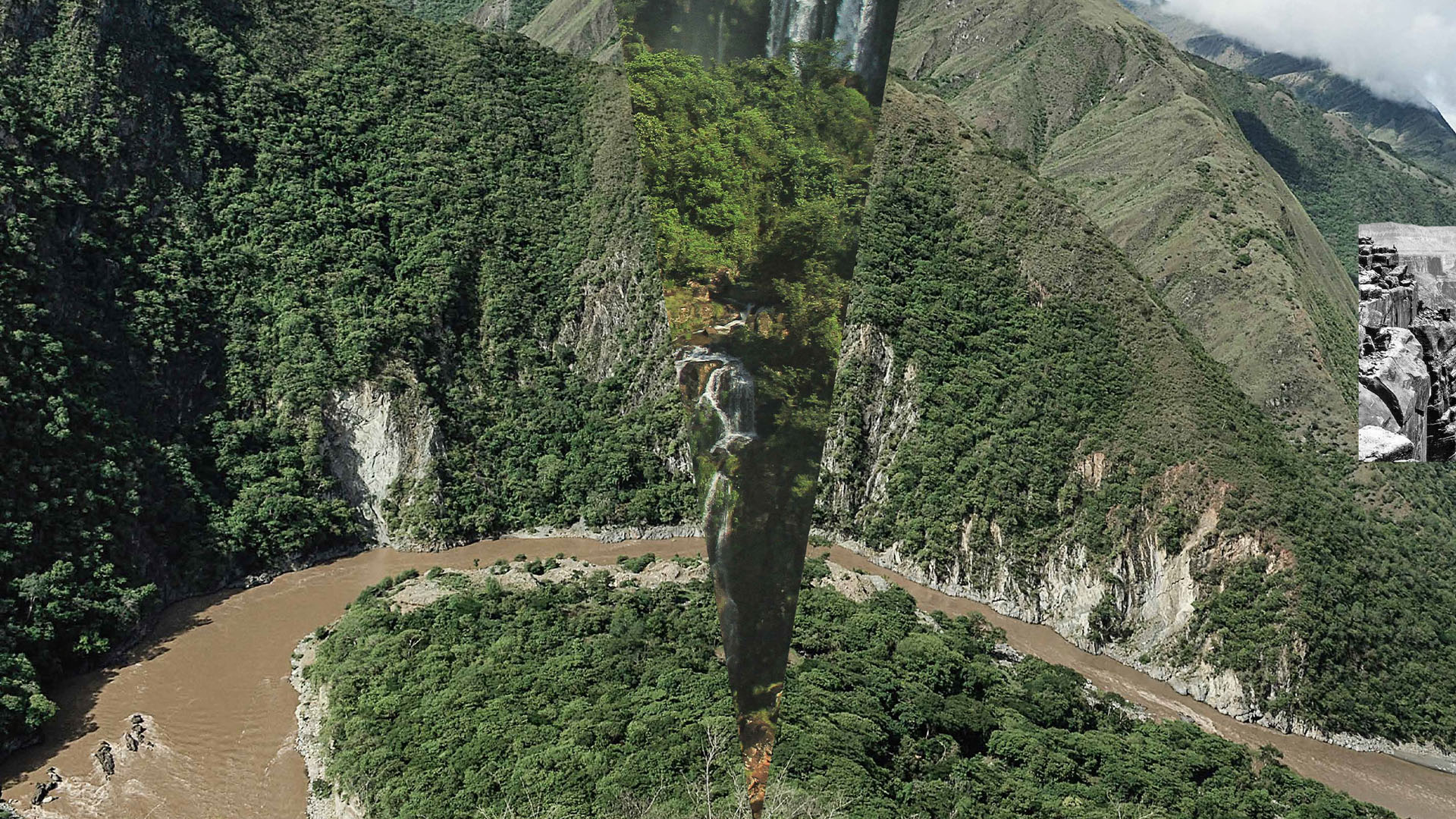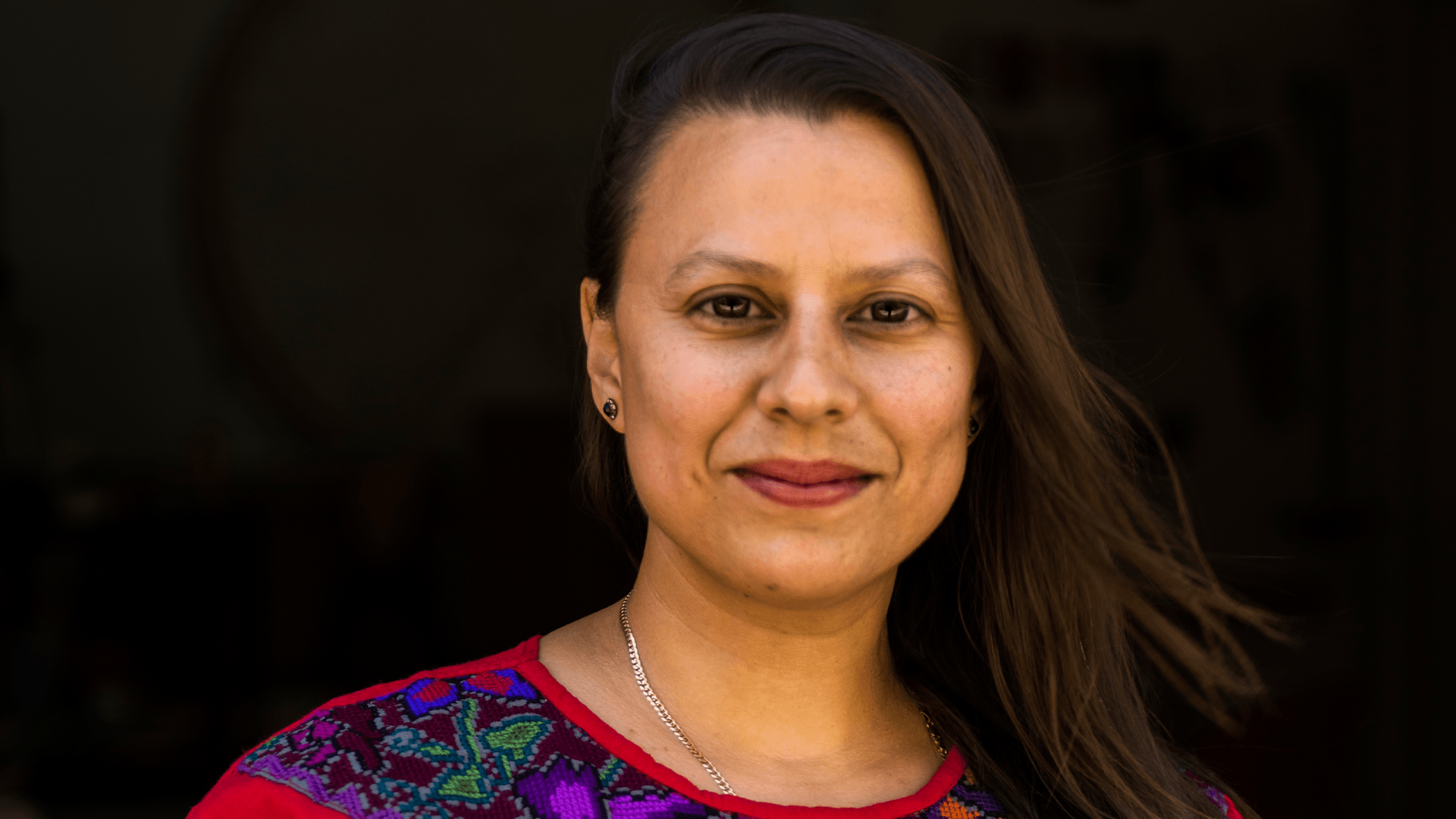
Q&A: Carolina Caycedo
Carolina Caycedo is a London-born, Colombian, Los Angeles-based multi-media artist whose practice posits “territorial resistance, solidarity economies, and housing as a human right.” In advance of her upcoming solo exhibition at the Art Gallery of Guelph in the Fall of 2020, A Landscape Is Never Natural, she has answered a few questions that lead us to a deeper understanding of artistic motivations, her hopes for audience engagement, and her overall practice through themes of ecofeminism, decolonization and environmental justice.
Q & A
1) Your work frequently explores interstices of eco-criticism and colonization. Can you please speak to the ways in which these intersections can potentially be positioned as sites of resistance?
I believe that my practice has those intersections that you mentioned, but I prefer to think in term of the de-colonial. Additionally, other premises appear during the research and the completion of the artwork. The interstices in my work move through the massive, complex, and dynamic interrelations between human culture and the natural environment. Thus, sites of resistance are built-in processes of co-creation and the result of working side by side with social movements and communities. I’m regularly incorporating into my learning process various Indigenous, ecofeminist, and other intersectional frameworks that analyze pressing ecological issues such as climate change, nature rights, green capitalism, extractive economies, environmental justice, among many others. The unprecedented environmental and pandemic challenges of our time require a constant and critical action; it demands sites of resistance and mutual care.
The interstices that you mention (eco-criticism and decolonization) can challenge dominant global orders and monocultural production of knowledge. Like this, multiple intersections appear in my research led approach; subaltern studies, counter-visualizations, geo-choreographies, Indigenous feminism, de-colonial and post-development theory, and buen vivir praxis. These approaches suggest a multidimensional and pluriversal perception of life and of life’s future; generating a shift from the anthropocenic epistemology that establishes nature as an external and subordinated economic resource, towards nature as a matrix and field in which human activity is displayed and historical agency operates, and where profound relationships between the human and the non-human are possible.
2) Water is an ongoing motif and theme in your work. What draws you to it?
As has been said, the theoretical approaches that give structure to my work suggest a multidimensional and pluriversal perception of life and its future. Recognizing nature, not as a mere collection of resources, but as a complex network of relationships is at the core of Indigenous, ecofeminist, and communitarian ways of organization. In Indigenous cosmogonies of the Americas, all bodies of water are connected, is what links humans with other ecosystems. As you may know, extractivist economies have aimed to privatize each millimetre of our lives. In this sense, public bodies of water have been privatized globally, making it inaccessible for many people. I believe water, as the main principle for life, is a common good, not as a private resource, a relative in this web of relationships, a living entity with political agency.
3) Though you work across many forms of media such as drawing, performance, and photography, you frequently have produced works in video. Do you find that the medium allows you a certain form of expression that other mediums don’t?
I enjoy and find meaning in all the forms of media you mention. Thus, I’ve worked with the idea that archives and archival work determine how knowledge is validated, how such knowledge can be transferred, and how social and political contexts influence the way language and history are represented. In this sense, I think that video is a powerful source to transmit and connect with the public and generate a transformative and intimate bond. It is an ideal form of archive that speaks to a wide range of contemporary audiences, it’s easy to share outside the white box of the gallery or museum. On the other hand, it is a collaborative form of creation, it involves a group of persons to build a project, and that’s how I’ve worked in the past years.
4) Do you have a favorite work in your oeuvre? If yes, why is it your favorite?
I don’t have a favorite work but I can highlight a recent one that I really enjoyed building: Serpent River Book / Libro Río Serpiente, 2017 .
Serpent River Book/Libro Río Serpiente is a 72-page accordion fold artist-book, that combines archival images, maps, poems, lyrics, satellite photos, with some images and texts on river bio-cultural diversity, in a long and meandering collage. The fluctuating publication can frame many narratives. As a book it can be opened, pleated and read in many directions, and has a performative potential to it, functioning as a score, or as a workshop tool. Serpent River Book gathers visual and written materials compiled by me while working in Colombian, Brazilian, and Mexican communities affected by the industrialization and privatization of river systems.
5) How do you see the role of audience, and/or collaboration, in your work?
The role of audience and the collaborative participation in some of the art projects I’ve worked constitute a model for community emancipation and creative re-appropriation of a territory. The role of audiences and communitarian collaboration counterbalance the negative (social, cultural, ecological, archaeological) impacts of extractivist economical projects, and more importantly, inspire other communities to take a step forward. Consequently, it engages a wider population in the collective processes of challenging extractivism in an effort to decentralize creative manifestations around geographical cultural centers and cultural elites.
6) What do you hope that viewers will take away from your work?
I hope to raise awareness about how the current extractivist economic model, as well as the mining-energetic one, are models built upon structures of death; death of entire ecosystems, as well of death of Indigenous, Black, Brown and other POC communities. I want to centre the debate in public rural spaces, multiple ecosystems, relations of power, the need of a just energy transition model, and the aim for a diversity of models based on sustenance, rather than extraction.
7) Are you working on an upcoming project that you can share with us?
So far Be Dammed, my ongoing project about the impacts that Brute Force Infrastructures such as dams have over social bodies and bodies of water, offers a critical perspective of the current world wide mining-energetic model based on fossil fuels and large hydroelectric projects. At the moment, I am looking into a diversity of alternative models enacted by local communities across the Americas, framed under a ‘Just Energy Transition.’ So you could say I am researching the efforts and actions that counter the present model, as well as the failures the present model presents, such as dam collapses and so on. I am calling this research The Collapsing of Model.
Visit Carolina’s website to learn more>
View More
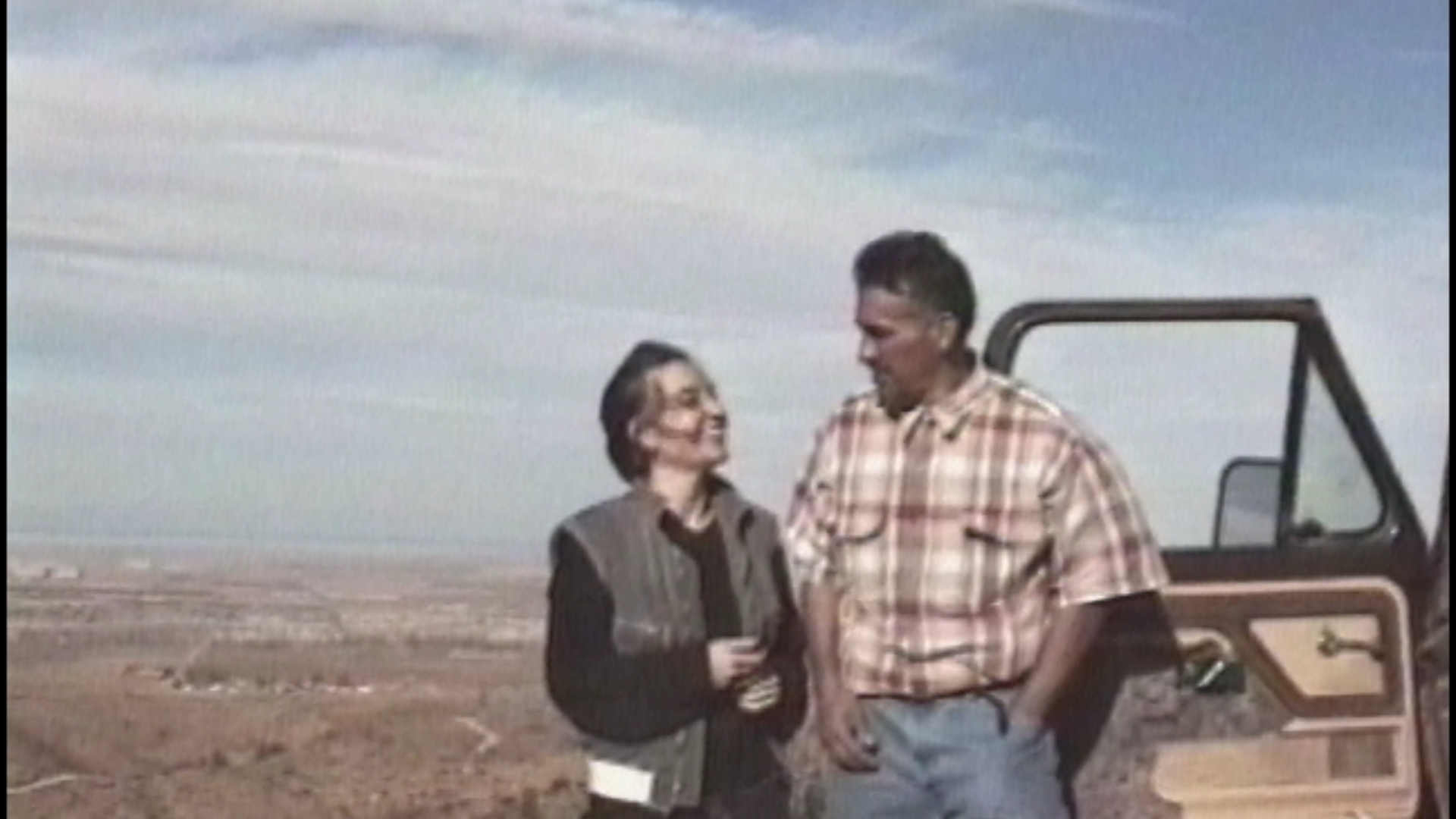
Multimedia
January 7.2025

Multimedia
February 27.2024 February 27.2024

Multimedia
October 26.2023 October 26.2023

Multimedia
August 28.2023 September 9.2023
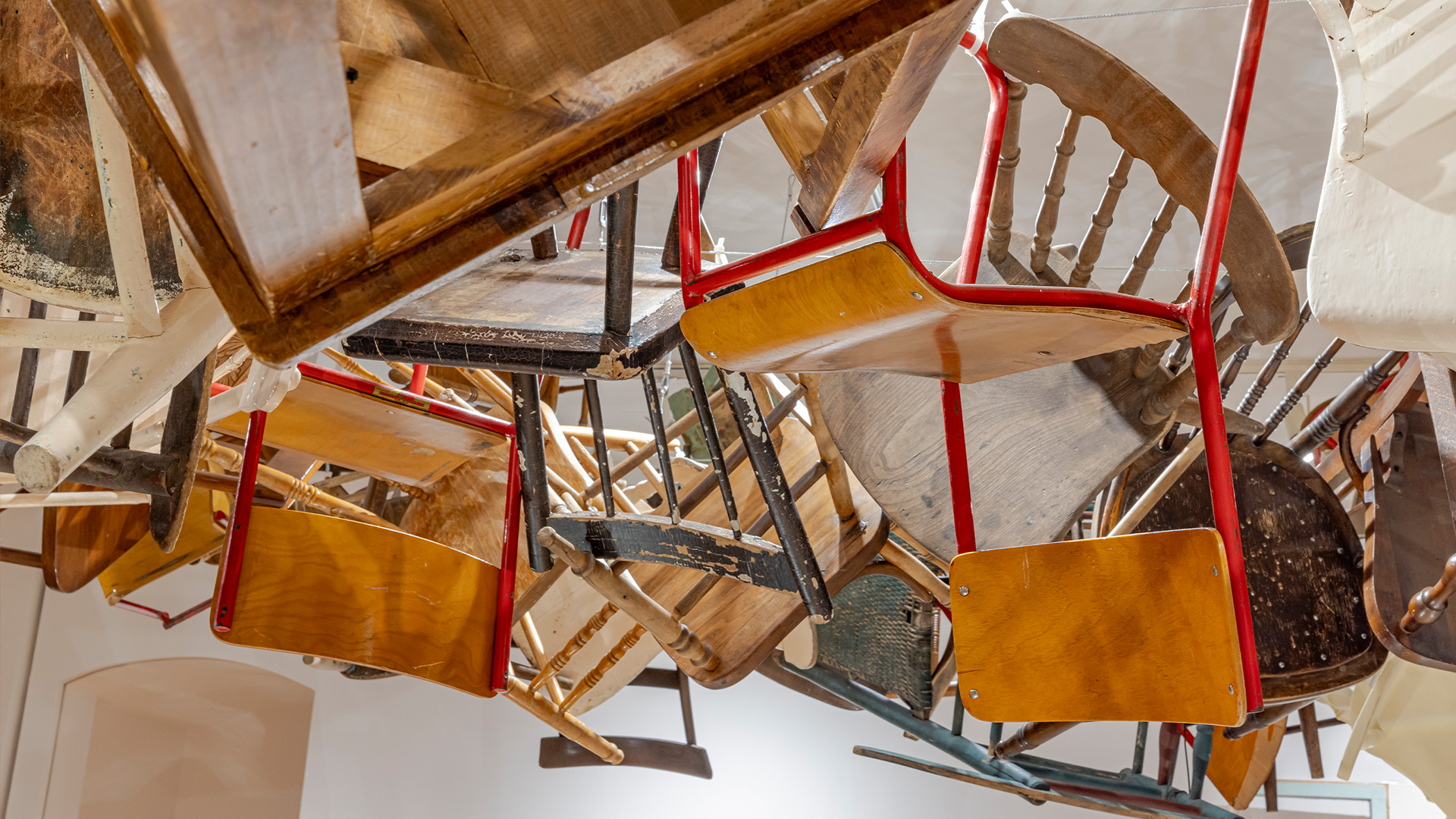
Multimedia
June 5.2023

Multimedia
April 5.2023
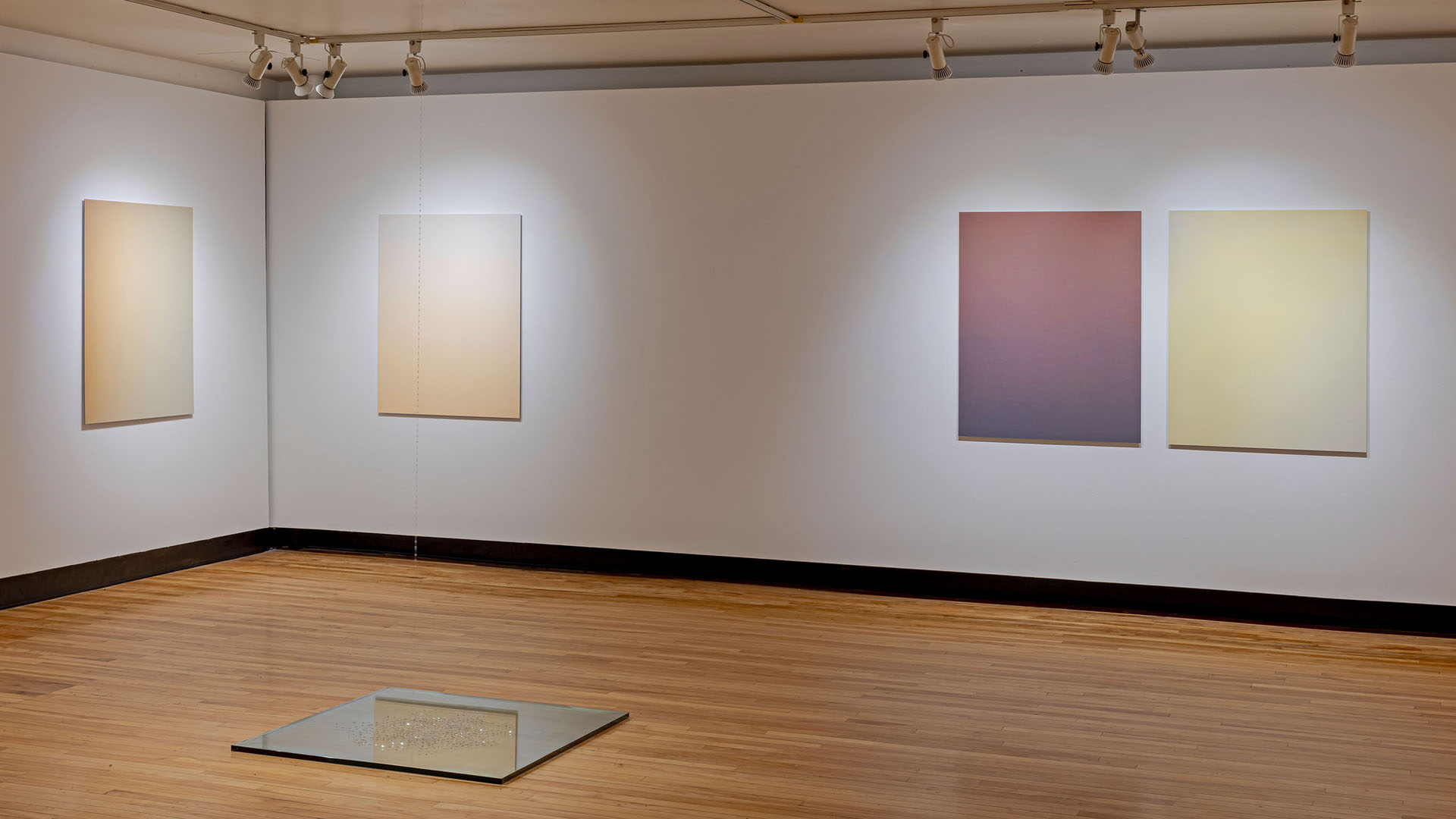
Multimedia
June 8.2022
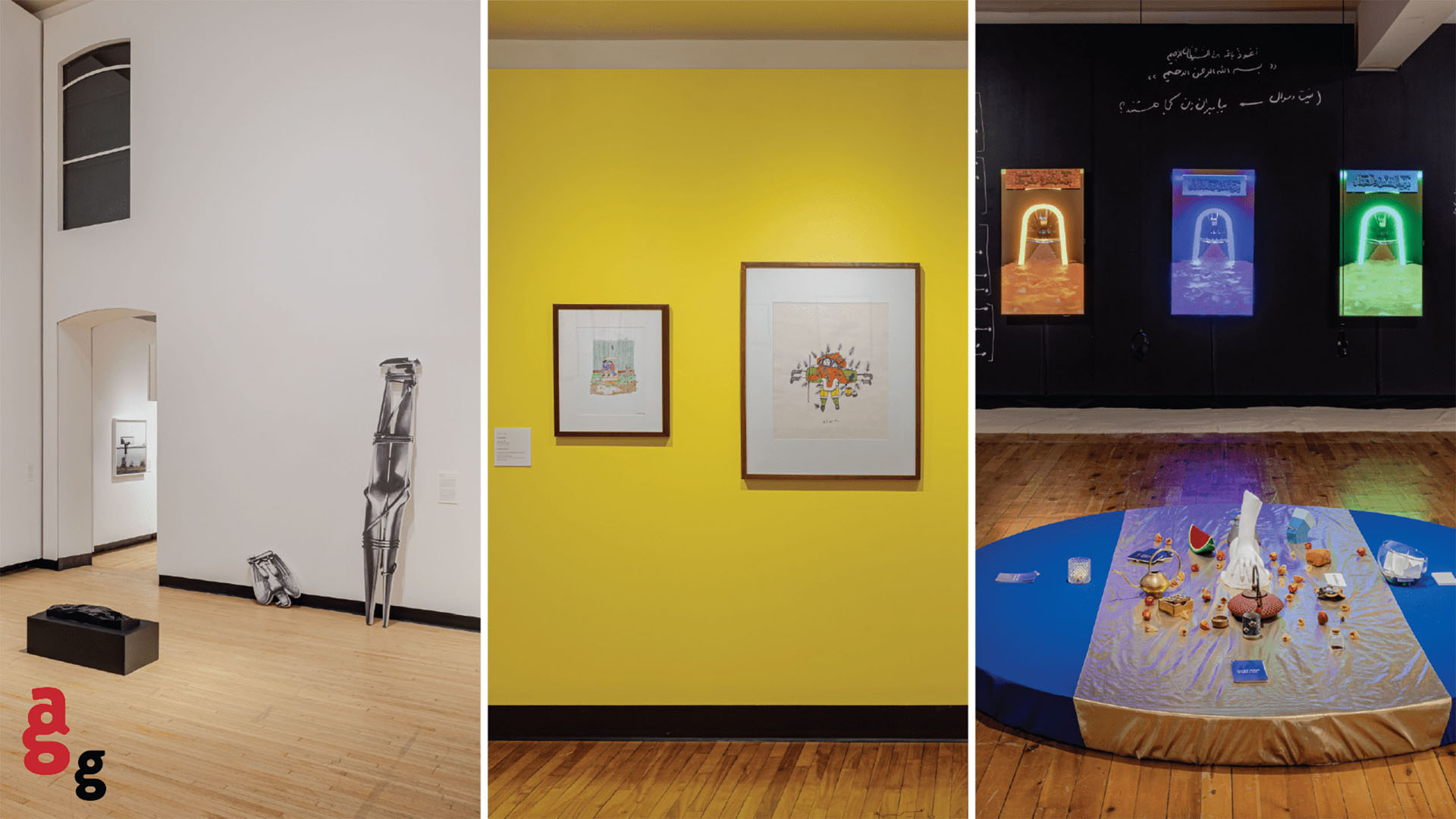
Multimedia
February 17.2022





